York’s Crown Jewels on display
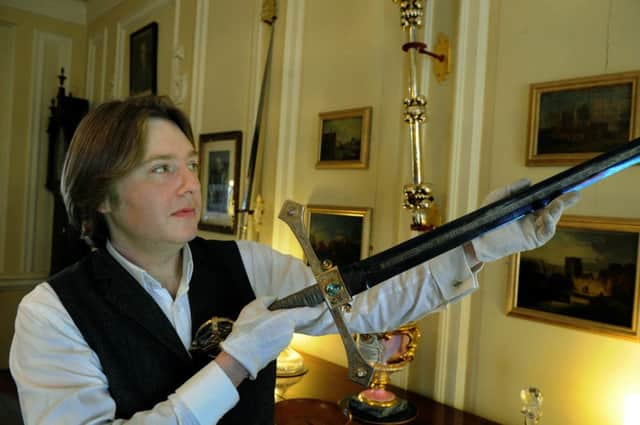

“Do you know about our connections to Dracula?,” he says, pointing to a large ceremonial sword hanging in the large dining room. “This sword is dated to 1416 and it is believed it once belonged to the Holy Roman Emperor and King of Bohemia Sigismund. It’s engraved with dragons which was the symbol of the Knights of the Dragon, an order which we believe the family of Vlad the Impaler belonged to.”
Admittedly it’s a slightly tenuous link to Gothic horror’s most famous creation and the good people at Whitby Abbey probably don’t need to lose much sleep. However, the sword is just one of a whole clutch of treasures that will take centre stage when the restoration project gets underway this summer.
Advertisement
Hide AdAdvertisement
Hide Ad“We have a silver chamber pot, a really extensive collection of glass and silverware and the most expensive piece we have is a gold cup dating back to the 17th century. The reason the Mansion House was built was because the city of York needed somewhere to store its treasures and really this is just another chapter in its long history of being the focal point of civic life. However, we want to do more than just install some glass display cabinets, we want to use it as an opportunity to tell the story of democracy and local government in a city like York.”
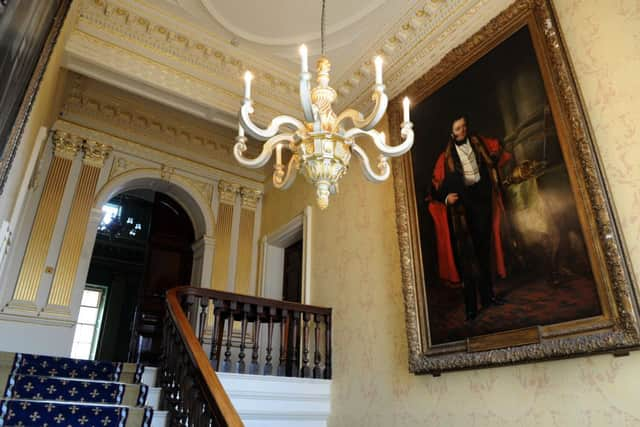

The last major work carried out on the house, which stands a stone’s throw from the Minster, was completed in the 1990s and even the main rooms are now looking a little tired. The property still houses the apartments of the Lord Mayor and plays host to numerous civic functions, but the cracks are beginning to show.
The middle of the Mansion House is subsiding and one of the first jobs will be to underpin the structure to prevent any further damage. Then the ugly storage heaters will be removed, unsightly plug sockets will be hidden under floors and various partitions will be taken down to return the property to its original layout.
The project is being funded by a £1.2m grant from the Heritage Lottery Fund and while much of it will go on structural work, when finished it will also tell an often neglected chapter in the city’s history. While the Roman and Viking involvement in the development of York has been much written about, the Georgian period where the city again flourished has often been overlooked. While in the 18th century, the city no longer enjoyed the same political importance it once had, it instead became a social hub of the north of England and some of its best buildings belong to this period. Fairfax House, originally the winter home of Viscount Fairfax, has been successfully turned into a museum and shows what might be possible at the Mansion House.
Advertisement
Hide AdAdvertisement
Hide Ad“This is the biggest building project since it first opened in 1732 and the main focus for visitors will be the kitchens, which we are taking back to the Georgian original,” says Richard. “Currently they are a working, modern kitchen, but we are fortunate that a lot of the original features have survived including the flooring. We will bring back a range, strip back the old tables and really create a sense of what it was like below stairs in one of these grand buildings. As an extra bonus there will also be a window through to the 21st century kitchen so on certain days visitors will be able to see food being prepared for a function and it will bring past and present together.”
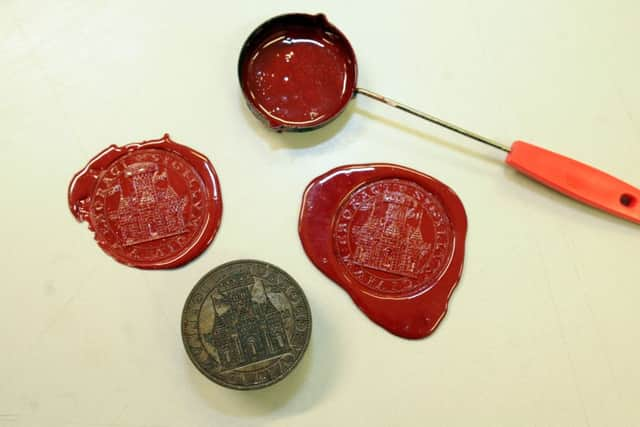

From the kitchens, visitors will go upstairs where they will be able to see a typical 18th century civic function play out with original menus which include sweetbreads in aspic, saddle of mutton and a partridge pie where the inclusion of wings, head and tail left you in no doubt as to what you were eating. From there they will also be able to see out across St Helen’s Square to the Minster.
“We are lucky where we are in that we are right in the centre of the city, but at the moment a lot of people walk past us without giving the building a second glance. We have become pretty good at being invisible, but this is a chance for us to put the Mansion House on the map,” adds Richard.
As a colleague walks past, he asks how many people turned up for a tour of the building the previous day. The answer is 34.
Advertisement
Hide AdAdvertisement
Hide Ad“I hope that once we are open six days a week and we have a real story to tell that it will make people want to step inside. In many ways the site was an odd location for a Mansion House, it was pretty much obscured by the buildings which were in front of it and to get to it you had to walk through the cemetery of St Helen’s parish church. Having a mayor step through gravestones to get to their official residence doesn’t seem right somehow.”
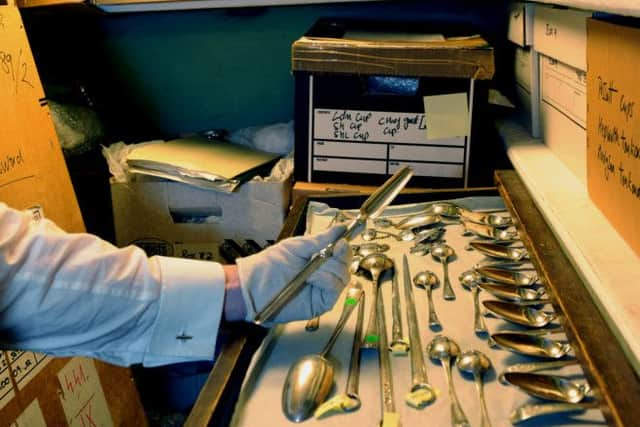

Being both a historic project and one that still has to work as a civic building there is occasional resistance to change. Two years ago the property was used in the promenade production of Blood and Chocolate, a live theatre event about York and the Second World War.
At the Mansion House actors leaned out of the first-floor windows as they told the story of how the mayor arranged for bars of chocolate to be sent to troops on the front line and there was some surprise that Richard had managed to get the go ahead for the property’s involvement.
“Understandably people can be very protective of a building like this, but the Mansion House is and always has been a working building and it’s right and proper that we play our part in the story of the rest of the city. This is the oldest building of its kind in the whole of the country and I would argue that it’s the most important secular building in the city. Being able to invite the public in and tell our story is an incredible opportunity.
Advertisement
Hide AdAdvertisement
Hide Ad“However, everything we do will be reversible. In the State Room, for example, we will have information on iPads so that when it is needed for a function we can simply unplug them. There are some great characters associated with the Mansion House. Obviously most of these are males, but we will be telling the story of the first Lady Mayoress Annie Crichton who was in office when York was bombed during the Second World War.”
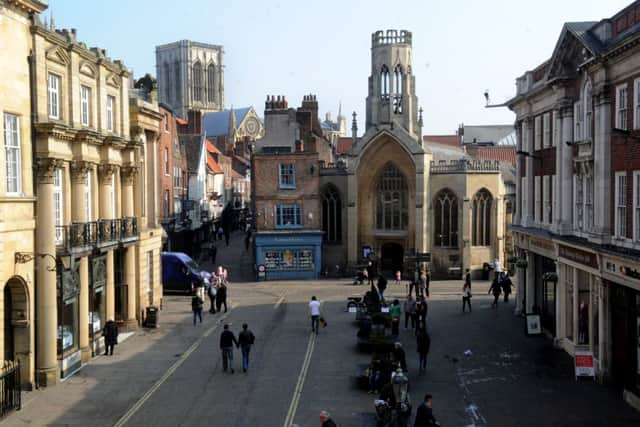

Certainly there are no shortage of interesting figures connected to the Mansion House. York’s first mayor was appointed in the early 13th century and the position has been held by railway entrepreneurs and rivals George Hudson and George Leeming, the architect John Carr who designed the 18th century grandstand on the Knavesmire and chocolate-makers-come-philanthropists Joseph Terry and John Rowntree.
“Some people we have more information on than others,” says Richard, who joined the Mansion House 17 years ago. “We have quite a lot of detail on a man called Eric Keld who was Lord Mayor in the 1950s. He was born in Scarborough, but his parents were so poor they couldn’t afford to look after him so they sent him to live with his grandparents in York. From those unlikely beginnings he ended up as Lord Mayor. Eric Keld is our answer to Dick Whittington.”
The property will close in August and the hope is it will reopen in the autumn of 2016. Between now and then, Richard has just one wish. “We have a great story to tell and we have some great objects with which to tell it, but I guess what we could really do with is a ghost. Obviously this is York, so there’s no shortage of them, but if the restoration work happens to disturb the spirits of a few Roman soldiers, well, I wouldn’t be too disappointed.”
• Until August, when the building will close for 13 months, tours of the Mansion House will run Thursday to Saturday at 11am, 12pm and 2pm. No prior booking is required, www.mansionhouseyork.com